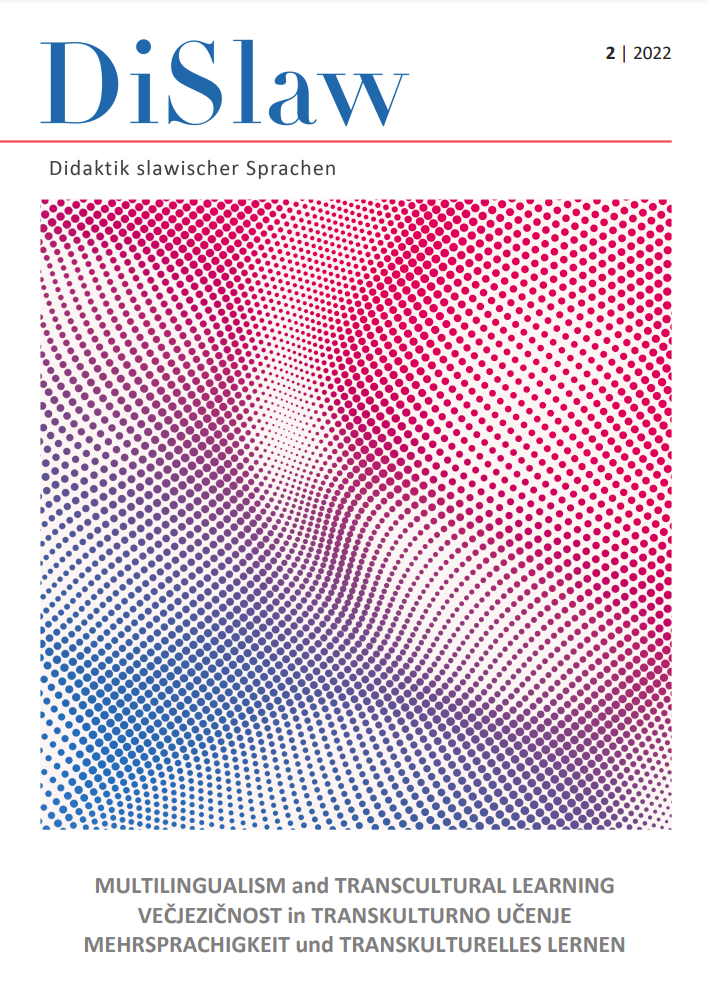Issue 3: Multilingualism and Transcultural Learning
DOI:
https://doi.org/10.48789/2022.2Abstract
We are pleased to announce the third issue of DiSlaw on the topic of multilingualism and transcultural learning, since language, while not the only communication system, is a specific feature that distinguishes humans from other living species. No other communication system that allows humans to expressthemselves and to form social identities has such a high degree of abstraction and symbolism. It becomes even more complex when the communicative system is developed and expanded in several languages, which results in bilingual and multilingual speakers becoming visible and audible in society. Diversity is part of our everyday life and does not only apply to regions that have more than one officially recognised national language. As expected, the linguistic expansion into transcultural spaces has not stopped at classroom doors, teaching spaces, and the educational system as a whole. This process is accompanied by challenges that demand adequate approaches and solutions from language pedagogy. A good ten years ago, Krumm and Reich addressed the importance of classifying and conceptualising this wide-ranging subject area by launching the multilingual curriculum (2011).



